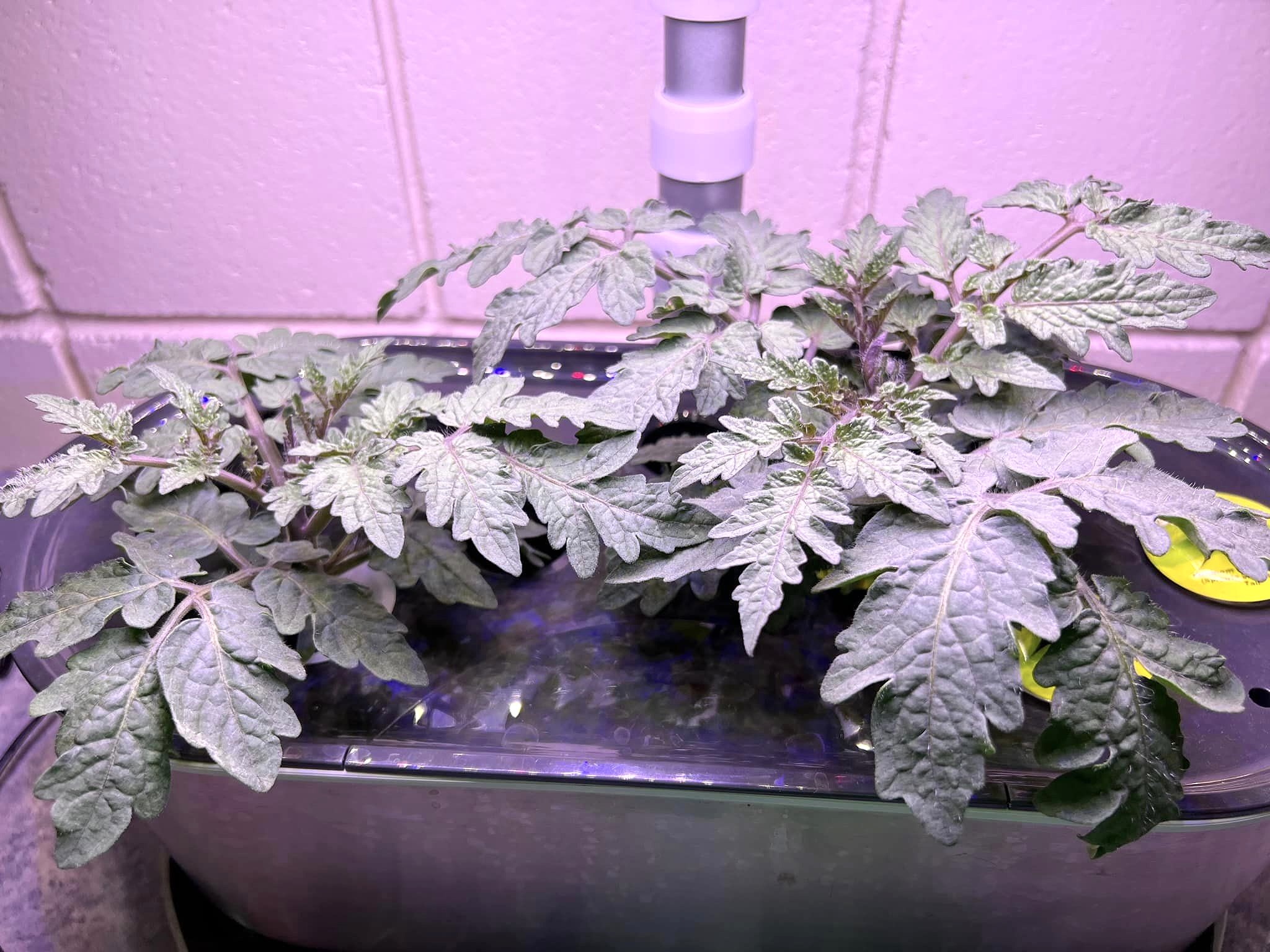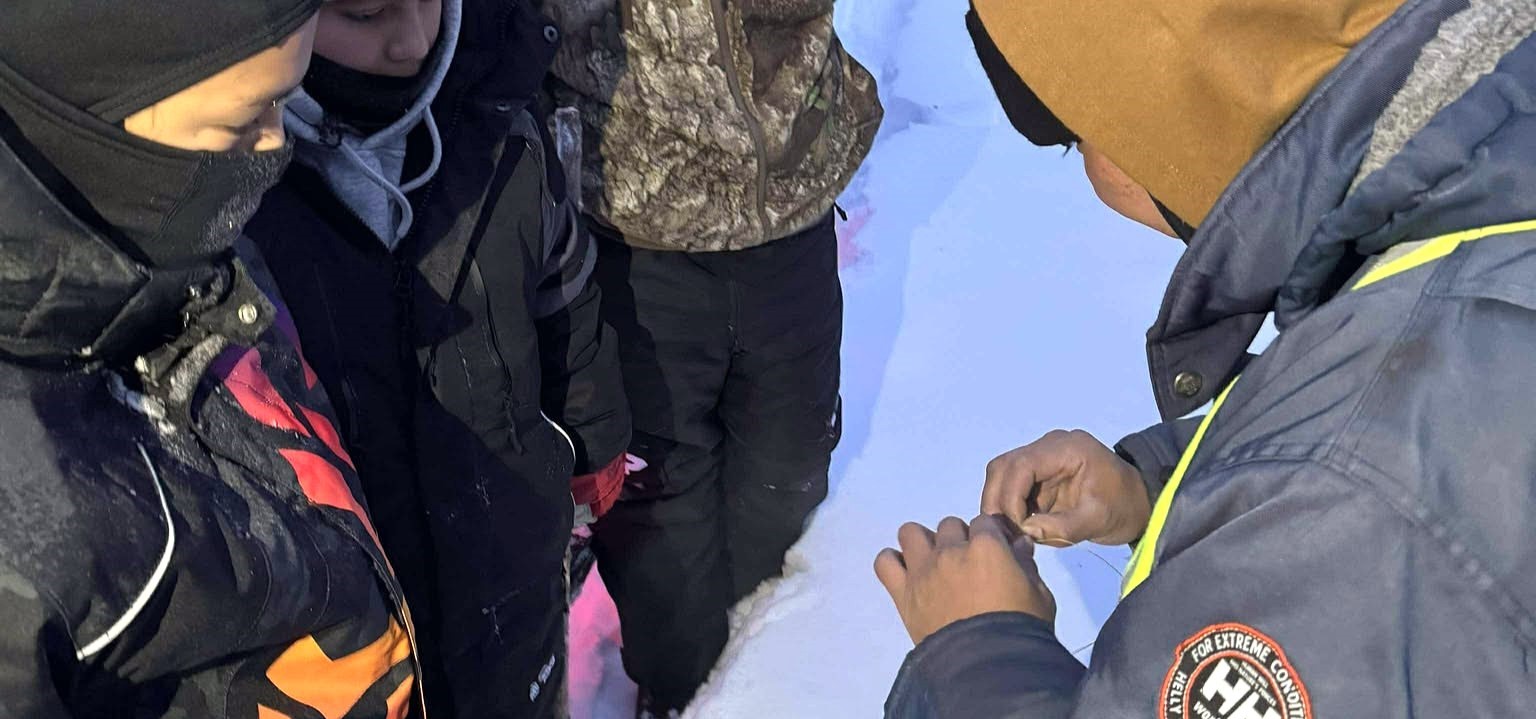FMM has used the term ‘food desert’ in the past to define urban low-income neighborhoods where the nearest full-service grocery store is not within walking distance. However, as mentioned in a 2014 study by Dr. Joyce Slater in collaboration with FMM and the WRHA, Food deserts in Winnipeg, Canada: a novel method for measuring a complex and contested construct, the use of the term ‘food desert’ is contested:
Some authors question the usefulness of the food desert construct, arguing it obfuscates the priority issue of inadequate income, regardless of one’s proximity to a full-service grocer.
Another term that might help account for income disparity is ‘food mirage’, where full-service stores may be geographically accessible, but not economically accessible to residents.
The article Food Desert vs Food Apartheid argues that the term ‘food apartheid’ is a more accurate term for this issue, as its definition expands past the sole geographical concern that a ‘food desert’ encompasses. ‘Food apartheid’ also identifies social and economic gaps in the food system instead of seeing the unavailability of affordable fresh food as a geographical issue.
The term ‘food apartheid’ includes:
- The phenomenon of grocery stores or supermarkets leaving lower-income neighborhoods, which increases ‘food desertification’
- Structural issues in government and corporate food allocation
- The failure to identify race, colonization, and anti-blackness as the root of systemic food and land oppression, when we know that Canadians who are most likely to experience household food insecurity identify as Black and Indigenous
Race and Food Insecurity
An analysis of the 2017-2018 Canadian Community Health Survey found that race is a large factor in how prevalent household food insecurity is. While 11.1% of households that identified as White were found to be food-insecure, this percentage is higher for households that identified as Black (28.9%), Indigenous (28.2%), Arab or West Asian (20.4%), Multiple origins (16.7%), South Asian (15.2%), and East or Southeast Asian (11.3%).
To create solutions that tackle the root causes of food apartheid and household food insecurity, we must address racism through education and government policies.
- The Manitoba Collaborative Data Portal is created for Manitobans to have a single place to search for information needed to support studies and policies and better understand and engage the public. The knowledge provided in the portal emphasizes health equity, social justice, public accountability, and environmental sustainability.
- Part of this portal is the Food and Nutrition Security area, which provides information on policies and programs specifically for healthy eating. The Winnipeg Food Atlas and the Nutritious Food Basket/Food Costing are additional resources in the portal that promotes discussion and development on food and nutrition insecurity.
- Measuring Racial Equity in the Food System by the Michigan State University Center for Regional Food Systems is a resource that identifies metrics associated with racial equity in the food system. The resource has four themes: Food Access, Food and Farm Business, Food Chain Labor, and Food Movement that help organizations track their progress in fulfilling an equitable food system.
- The Racial and Social Equity Assessment Tool for Farm to School Programs and Policy published by the National Farm to School Network is designed to collaborate members within organizations to work on racial and social equity. The resource is divided into three sections: Fostering an Environment for Equity, Planning for Equitable Outcomes, and Group Equity Assessment that identifies inequities in organizations, local, state, and national policies and programs intended to support decisions and maximize opportunities on equities.
- The Right to Eat: Tackling Racism & Inequality in the Food System is a webinar that was hosted by the University of British Columbia in September 2020. It also discusses how COVID-19 has impacted existing food system inequalities.
Slater J, Green C, Epp-Koop S. (2014) Food deserts in Winnipeg, Canada: a novel method for measuring a complex and contested construct. University of Manitoba, Food Matters Manitoba, Winnipeg Regional Health Authority. Retrieved on July 6 2021 from https://doi.org/10.24095/hpcdp.37.10.05
Sustenance Locally. Food Desert vs Food Apartheid. (2017). Retrieved on July 6 2021 from https://slocally.wordpress.com/2017/07/20/food-desert-vs-food-apartheid/
PROOF: Food Insecurity Policy Research. Household Food Insecurity in Canada. (2020). Retrieved on July 6 2021 from https://proof.utoronto.ca/food-insecurity/#vulnerability
Broadben Institute. Melana Roberts. Black Food Insecurity in Canada. (2020). Retrieved on July 6 2021 from https://www.broadbentinstitute.ca/black_food_insecurity_in_canada
Manitoba Collaborative Data Portal. (2021). Retrieved on July 6 2021 from http://www.mbcdp.ca/
Manitoba Collaborative Data Portal. Food and Nutrition Security. (2021). Retrieved on July 6 2021 from http://www.mbcdp.ca/fns.html
Michigan State University. Measuring Racial Equity in the Food System. (2019). Retrieved on July 6 2021 from https://www.canr.msu.edu/resources/measuring-racial-equity-in-the-food-system
National Farm to School Network. Racial and Social Equity Assessment Tool for Farm to School Programs and Policy. (2019). Retrieved on July 6 2021 from http://www.farmtoschool.org/resources-main/nfsn-programs-and-policy-racial-and-social-equity-assessment-tool
University of British Columbia. The Right to Eat: Tackling Racism & Inequality in the Food System. (2020). Retrieved on July 6 2021 from https://ubcfarm.ubc.ca/the-right-to-eat-tackling-racism-inequality-in-the-food-system/
Tarasuk V, Mitchell A. (2020) Household food insecurity in Canada, 2017-18. Toronto: Research to identify policy options to reduce food insecurity (PROOF). Retrieved on August 10 2021 from https://proof.utoronto.ca/wp-content/uploads/2020/03/Household-Food-Insecurity-in-Canada-2017-2018-Full-Reportpdf.pdf
© Copyright. All rights reserved. The content of this post may be used for educational purposes without written permission. For other uses, please contact the author(s) of the content.
© Copyright. Food Matters Manitoba. 2021. All rights reserved. The content of this post may be used for educational purposes without written permission. For other uses, please write to info@foodmattersmanitoba.ca and request a Copyright Request Form.








